Why Tungsten Hexafluoride Needs Purification
- Details
- Category: Tungsten Information
- Published on Friday, 16 February 2018 18:27
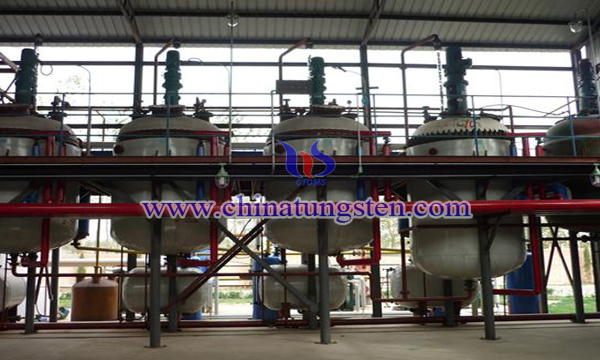
Tungsten hexafluoride is a binary compound of tungsten and fluorine with the chemical formula WF6. Among the tungsten fluorides, tungsten hexafluoride (WF6) is the only stable and industrially produced variety.
Ammonia at Room Temperature Dissolved Ammonium Paratungstate Recycle
- Details
- Category: Tungsten Information
- Published on Thursday, 15 February 2018 23:41
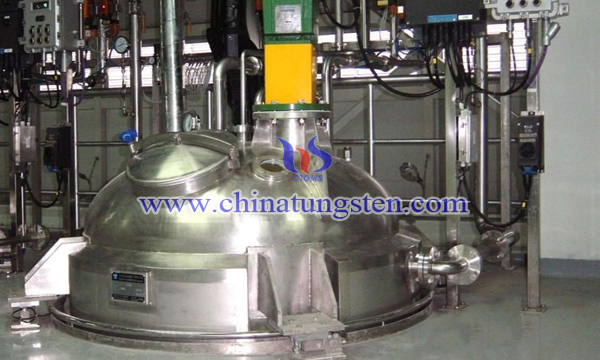
At present, some manufacturers in order to reduce the cost, improve the recycle rate of tungsten smelting, substandard ammonium paratungstate recycle as seeds to melted down, we can get rid of unqualified products while at the same time does not increase the cost, but after doping products for the quality of hard alloy production of tungsten powder, tungsten carbide and tungsten will affect the order of products. Some manufacturers directly dissolve unqualified products with strong alkali to turn them into sodium tungstate solution and return to the production of ammonium paratungstate, but this method is very expensive.
Arsenic Removal from Tungsten Mud and Recycle
- Details
- Category: Tungsten Information
- Published on Thursday, 15 February 2018 23:19
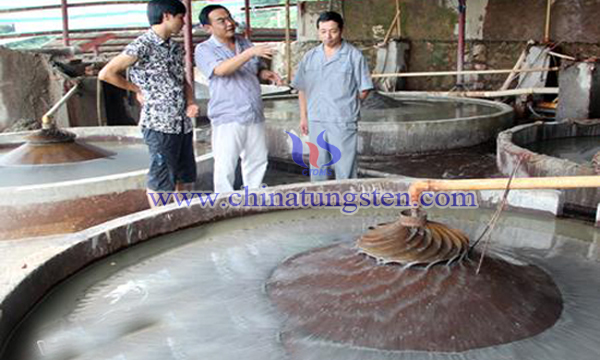
Tungsten smelting wastewater containing 3 ~ 7mg / L of arsenic as the main sludge factor, except for arsenic sludge is mainly generated in the process of wastewater arsenic removal. Arsenic removal process mainly includes calcium salt precipitation method, iron salt precipitation method or calcium salt - iron salt joint precipitation method. At present, the combined method of calcium salt and iron salt is the most stable method for arsenic removal from tungsten smelting wastewater, but it will produce more arsenic-removing sludge. The final destination is solid landfill, cement solidification or lime solidification treatment. These methods subsequent processing and potential hazards can be reduced. But in fact, the tungsten mud also contains other valuable metals, there is room for further processing.
Joint Pressure Cooking Decomposition of Tungsten Slag to Improve Tungsten Recycle
- Details
- Category: Tungsten Information
- Published on Thursday, 15 February 2018 18:16
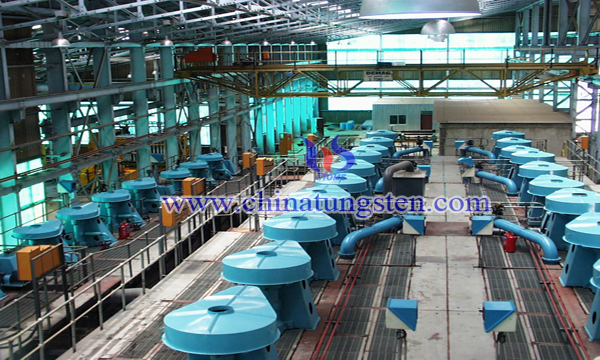
The existing pressure cooker method to be abandoned tungsten slag alkaline secondary pressure cooker, tungsten extraction of tungsten in depth, and then the resulting low-tungsten high lye for pressure cook scheelite concentrate and tungsten ore. Finally, autoclaving combined process of black and white tungsten concentrate, the tungsten solution decreased and alkali concentration of tungsten concentration increases, can obtain very good depth extraction effect, not only make full use of the tungsten resources, but also solve the problem of caustic soda recycling.
Tungsten Concentrate Producing Tungsten Trioxide
- Details
- Category: Tungsten Information
- Published on Thursday, 15 February 2018 16:33
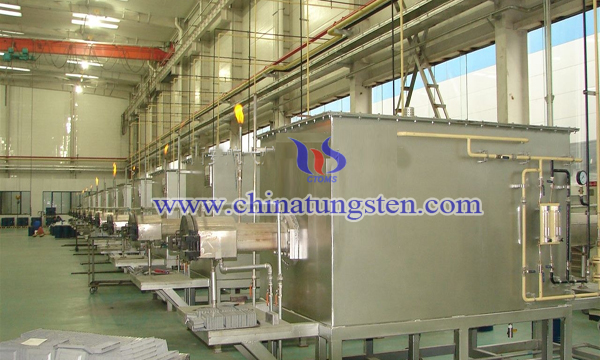
Traditionally, the tungsten concentrate is mainly smelted by classical technology, extraction process and ion exchange process. Because sodium hydroxide and hydrochloric acid are used in these processes, sodium ions and chloride ions are very active in chemistry, so they cannot be separated from precipitates in an economical and effective way. It will produce acid and alkali waste liquid and pollute the environment.
Wet Ammonium Paratungstate Prepared Tungsten Trioxide
- Details
- Category: Tungsten Information
- Published on Wednesday, 14 February 2018 23:27
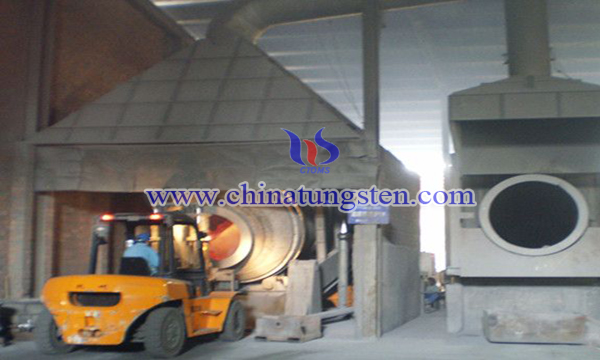
The traditional method of reducing tungsten trioxide is to evaporate and crystallize the wet ammonium paratungstate to be dried and packaged by a dryer, join the rotary kiln for the production of tungsten trioxide, drying packaging process not only waste manpower, material and energy, but also increase the cost of production.
Ammonia at Room Temperature Dissolved Ammonium Paratungstate Recycle
- Details
- Category: Tungsten Information
- Published on Tuesday, 13 February 2018 21:31

Tungsten in the smelting production process will produce ammonium paratungstate waste, tungsten oxide waste, and tungsten powder, tungsten carbide and tungsten carbide scrap and other substandard products.
Wolframite Calcined to Convert Scheelite
- Details
- Category: Tungsten Information
- Published on Tuesday, 13 February 2018 17:18
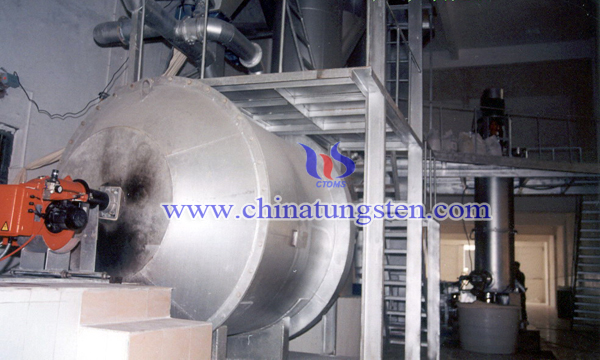
Wolframite mainly adopts the classical process, extraction and ion exchange process for smelting. Because of the use of sodium hydroxide and hydrochloric acid in these processes, the chemical properties of sodium and chloride ions are active, the precipitation can not be separated by economic and effective methods. It is difficult to open the process in the process and will produce acid and alkali waste liquid and pollute the environment.
Ammonium Tungstate Solution Magnesium Carbonate Purification Phosphorus Removal
- Details
- Category: Tungsten Information
- Published on Tuesday, 13 February 2018 15:44
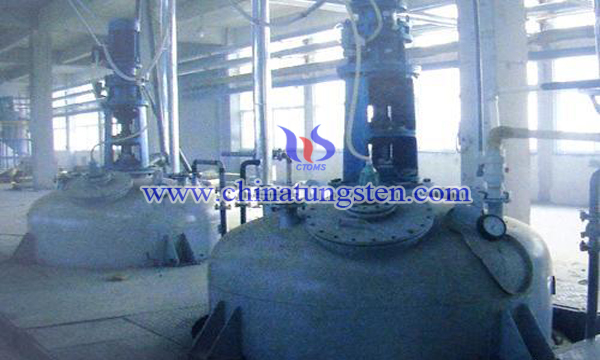
In practical applications, it was found that Na2WO4 solution could remove more than 90% of phosphorus by ion exchange without phosphorus removal by calcium salt, and the phosphorus concentration in the ammonium tungstate solution was also about 0-3 g/l. Therefore, calcium phosphorus removal has no substantial effect on phosphorus removal, and the process can be eliminated directly. In addition, the calcium salt removal process has many drawbacks, the content of phosphorus slag in WO3 up to 30%, production must be returned to the boiler alkali recycling, which consumes a lot of raw materials, production costs increased significantly.
Wolframite Closed Acid Decomposition Method Improvement
- Details
- Category: Tungsten Information
- Published on Tuesday, 13 February 2018 15:13
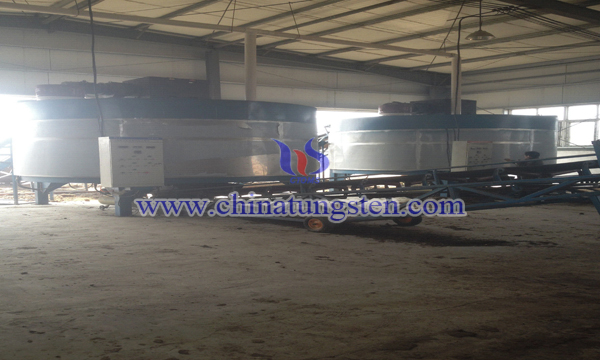
Preparation of tungstic acid products in two ways: First, wolframite as the raw material of the classic process; second is scheelite as the raw material of acid production process. Wolframite classic raw material for the process specific process: milling → alkaline boil → purification → scheelite → acidification → dehydration drying → packaging.


 sales@chinatungsten.com
sales@chinatungsten.com